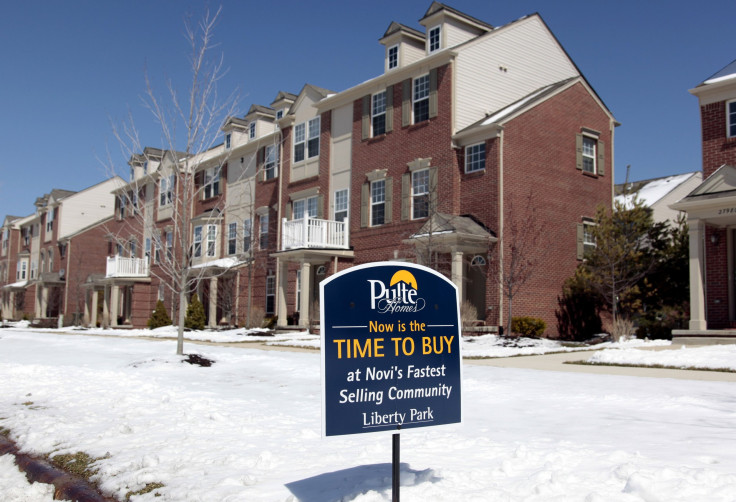High Prices, Low Supply Hurt Existing Home Sales in November

Americans bought fewer existing homes in November than analysts had predicted thanks to high prices and low supplies. The October government shutdown and a late Thanksgiving didn’t help either, according to the National Association of Realtors.
Though economists expected Americans to buy 5 million new homes, only 4.9 million were sold. It created a 4.3 percent drop month, and is down 1.2 percent since last year. It’s the slowest pace since December 2012.
“Home sales are hurt by higher mortgage interest rates, constrained inventory and continuing tight credit,” said NAR chief economist Lawrence Yun.
Rising prices are a major part of the problem. The national median price for existing homes was $196, 300 in November, up 9.4 percent since the same time last year.
This is partially due to a shorter supply of homes. By the end of November, there were 2.09 million existing homes available for sale. Though this is still more than the same time last year, it’s down by 0.9 percent since October.
On the other hand, the number of new houses being built rose 22.7 percent to a six-year high of 1.09. million units in November. It’s the biggest increase rate since 1990, but it won’t be enough.
“Based on past experience, about 1.5 million housing starts are needed each year,” Yun said.
“Today’s figure though encouraging is still insignificant,” he added.
Meanwhile, first-time buyers make up just 28 percent of existing sales in November. In a healthy economy they should account for about 40 percent.
The types of existing homes sold have also changed since last year.
In 2012, distressed homes -- foreclosures and short-sales -- made up 22 percent of sales. This year, the rate is just 14 percent, which also affected the total.
Plus, 44 percent of homes re-sold in November were priced between $100 thousand and $250 thousand – a drop of almost 5 percent since last year. Expensive homes were more popular. Sales of homes costing more than $1 million (the most expensive category in the NAR data) are up 13.9 percent while sales in the lowest range were down more than 17 percent.
Besides higher prices, mortgages are another problem for buyers.
“Rising mortgage rates and rising house prices over the past six months are making it more challenging for the typical family to purchase a home without stretching beyond their means,” wrote Freddie Mac vice president and chief economist Frank Norhaft in a note Thursday morning.
Job gains and income growth will help keep payment-to-income rations in balance. This will be “an important factor not only for first-time buyers but for sustaining homeownership levels among existing owners,” he wrote.
Plus, the Federal Reserve’s recent announcement that they will begin to taper their bond-buying program means rates will begin to rise from the historic lows of the past few months.
Tighter loan standards will make things slower in the future. In January, the “qualified residential mortgage,” a provision of the Dodd-Frank Wall Street Reform and Consumer Protection Act, will go into effect.
It requires debt ratios be limited to 43 percent, and lenders to retain 5 percent of any mortgages they make.
"This means that qualified borrowers are getting a loan that they are very likely to be able to repay, but some borrowers may wind up paying much more for their mortgage, or not get a loan at all due to the tougher standards," said NAR president Steve Brown.
"The new rules may tighten credit too much, but we're hopeful regulators will make adjustments if this proves to be true."
© Copyright IBTimes 2024. All rights reserved.












